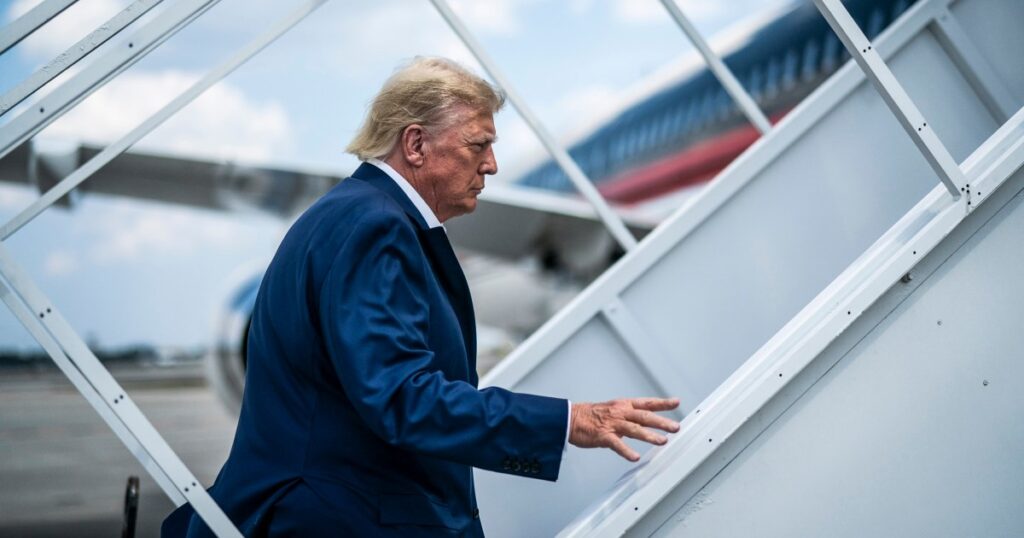Last month, we learned that in late 2020 the Trump campaign commissioned an independent report to look into its claims of widespread voter fraud. When completed, it was immediately tucked away because (surprise!) there was no evidence of the campaign to swing the election that former President Donald Trump claimed was happening.
The Washington Post on Friday revealed new details about the report and its methodology for testing Trump’s baseless accusations. And given what we now know, it’s clear that the analysis from Berkeley Research Group hasn’t only further undercut the narrative that Trump was pushing in 2020. It should be the nail in the coffin of the broader Republican claim that “election integrity” concerns outweigh broader access to the ballot box.
Trump’s baseless conspiracy theories have become folded into Republican orthodoxy.
As the Post lays out, even as Trump was telling Georgia Secretary of State Brad Raffensperger that dead people voted in the 2020 election — “a minimum is close to about 5,000,” he claimed — his campaign was well aware that was false. The Berkeley Research Group report found only “a ‘potential statewide exposure’ of 23 such votes across the Peach State,” with “’high confidence’ of only nine dead voters in Fulton County.” Those numbers couldn’t change the election’s results, not when Trump lost the state by more than 11,000 votes.
The researchers also tested theories such as whether there were massive “dumps” of votes after the election, whether a swath of new fictional voters had been added to voter registration files and whether there was ballot harvesting at nursing homes. None of the findings were useful to the Trump campaign, which neglected to include them in several court filings. In all the scenarios tested, “researchers said there was no reason to believe the final vote totals in five key states were fraudulent,” the Post reported.
And yet Trump and his campaign haven’t stop…
Read the full article here





